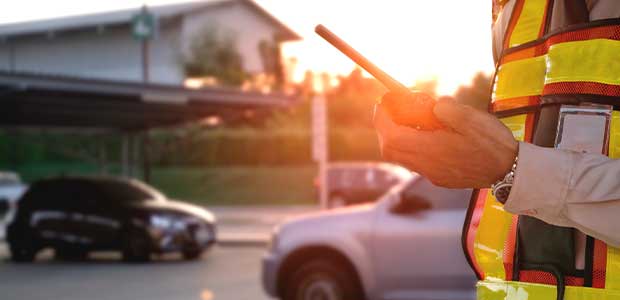
How Technology Can Speed Mustering and Help Ensure Compliance During Evacuations
Employees behave differently when under stress— technology can help to simplify.
- By Greg Kemper
- Aug 01, 2022
In an emergency, people rely on instinct. The best mustering plans are grounded in a realistic understanding of how humans behave in urgent situations and include comprehensive training and regular practice sessions to ensure that when there is a crisis, people instinctually follow the plan. Technological solutions can play an important supporting role to make it easier for mustering captains to quickly denote people as safe or alert first responders when people need help.
Moving to a unified security system is a key component of enhancing the speed and accuracy of mustering employees during an evacuation. Often, manual processes are used to track evacuations. However, the inability to get an accurate live view of people’s status during an emergency can prolong downtime and pose important risks to the health and safety of workers and first responders. Furthermore, siloed systems do not allow you to take full advantage of the rich data and powerful tools of modern security and safety technologies. These can be leveraged to improve operational processes, including emergency response plans.
New technologies that can be accessed within your infrastructure can speed mustering processes and help manage and monitor routine and emergency evacuations. These technologies can help manufacturers remain in compliance with OSHA requirement 1910.38(c)(4), regarding procedures to account for all employees after evacuation, as well as reduce downtime.
Tailor Your Plan to the Scale and Scope of Risk
The right mix of technology and training in your mustering plan will vary depending on the scale and scope of emergency you are preparing for and your assessment of the likelihood of such an emergency occurring.
In a typical mustering plan, managers responsible for workplace health and safety will designate a mustering point outside and organize training and periodic drills to ensure all staff know where to go in the event of an emergency.
If the reason for evacuation is important but not urgent, workers can be trained to badge in at the mustering station equipped with a mobile card reader. If the event you’re preparing for is more urgent, such as an explosion or fire, a mustering plan that expects people to remember to grab their key card and badge out isn’t practical. Inevitably, some people will forget their key cards, forget to badge out or hold doors open to help people leave as quickly as possible.
This article originally appeared in the July/August 2022 issue of Occupational Health & Safety.